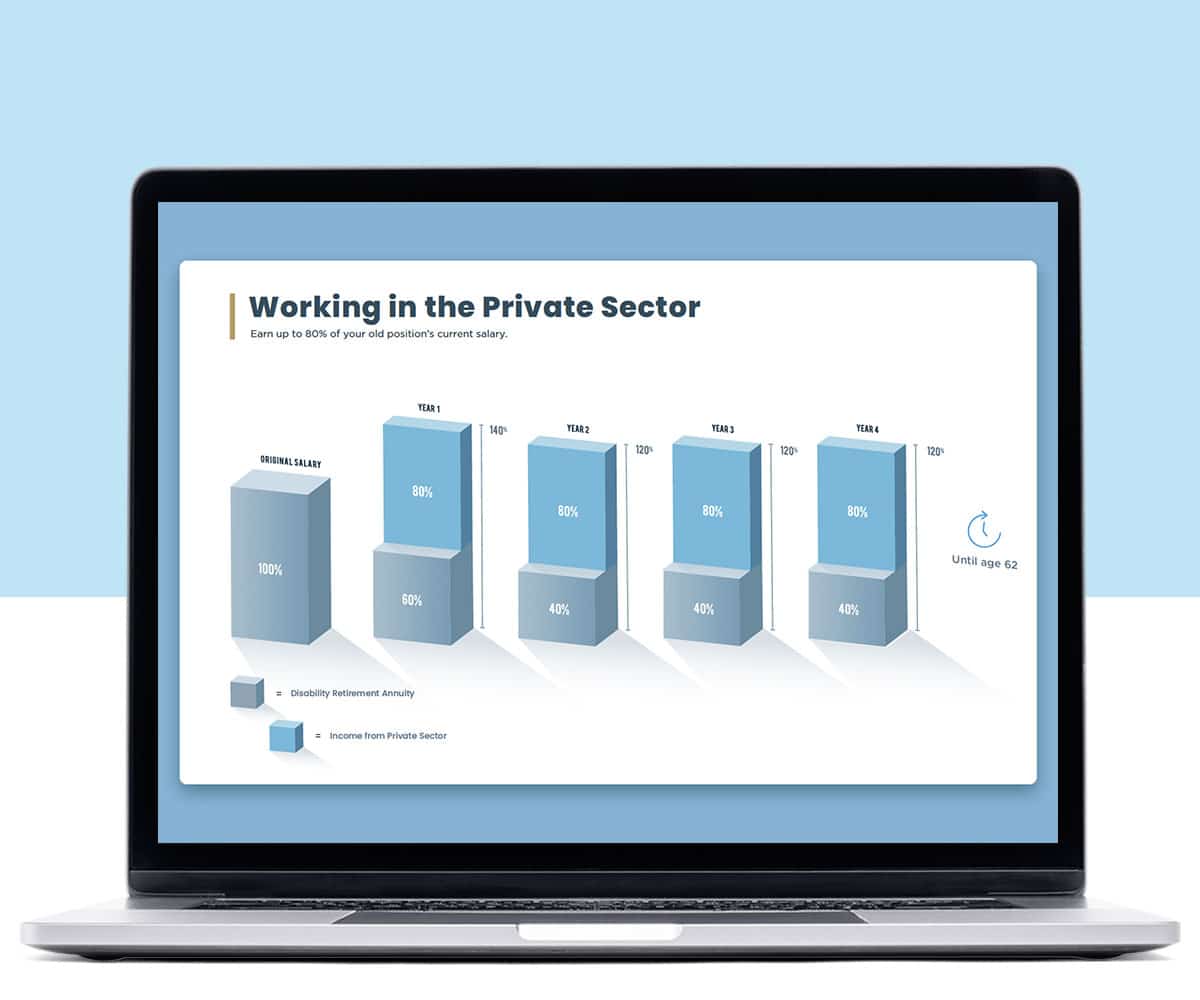
Veterans Affairs Secretary David Shulkin presented his diagnosis of the department and it’s not pretty. In his assessment, he outlined many areas that need improvement and the legislative and administrative fixes it needs to see.
Shulkin and his team reviewed 137 different studies of the department from outside sources, as well as the 2016 Commission on Care report. President Donald Trump and Shulkin are making veterans reform one of their top priorities and they believe being candid and transparent are the only ways to fix the issues.
Below are some of the main areas that Shulkin outlined.
Accountability
Under current disciplinary procedures, it takes 51 days from the day VA management proposes to suspend or remove an employee until the date that action takes effect. “Because of the way judges review these cases, they can force us to take terrible managers back who have been fired for poor performance,” Shulkin said.
They currently have 1,500 disciplinary actions pending. “Our accountability processes are clearly broken.”
The Senate VA Committee passed the VA Accountability and Whistleblower Protection Act. This eliminates the MSPB as an avenue for senior executives to appeal disciplinary cases.
Staffing
The VA hiring process is lengthy. The department has around 49,000 vacancies, most in the Veterans Health Administration. It currently lacks a position management system so they can’t track which jobs are open.
The department also lacks the incentives it needs to attract new talent. For example, the average salary for a biomedical engineer in the U.S. is $85,620, but the VA can only, on average, pay $65,677 for the same position.
Shulkin also said it takes too long to onboard a new employee. For a new nurse, it takes about 110 days, and 177 days for a nurse practitioner.
Access
Since the wait time scandals of 2014 were made public, all 168 VA medical centers now offer same-day medical and mental health care services. However, veterans are still waiting 60 or more days for new appointments at 30 VA locations.
The department wants to redesign the Veterans Choice Program. Generally, the goal is to consolidate different ways veterans can access private sector care into a more manageable system.
Shulkin said, “This is not a privatization of the VA. This is not deluding the impact of the VA. Every day I am in this job I am more convinced that veterans and America need a strong VA. It’s essential for national security. It’s essential to honor our commitment. I will not allow our policies to weaken the VA. Our policies will strengthen the VA, but working with the private sector is the way to do that.”
Paying Providers
It takes the department more than 30 days to process provider claims and they currently have more than $50 million in outstanding outpatient bill charges that are more than 6 months old.
Community Care
The VA currently has 8 programs veterans can use to access health care from community providers. However, rules are so complicated that they reject 1 out of every 5 community care claims.
Quality
The VA recently launched a website that tracks wait time and quality data about each VA medical center and clinic. From this data, fourteen VA facilities have a 1-star rating. Shulkin said they’re deploying teams and implementing performance plans for those facilities.
Disability Claims and Appeals
The department has 90,000 claims that take more than 125 days to process. They will introduce decision-ready claims nationwide by September 1st. It’s an option veterans can take to move claims through the process quicker.
The department expects all Veterans Benefits Administration offices will be paperless by mid-2018. The VBA has 47,000 appeals that are now pending, but the VA Appeals Improvement and Modernization Act doesn’t address the backlog of pending appeals.
IT
About 75 percent of the department’s IT budget goes towards maintaining old VA systems. They’re in the process of replacing their financial management and appointment scheduling systems but both will take years to finish.
Without funding to update the VA Loan Electronic Reporting Interface, the department will have to revert to using a paper-based system to process veterans’ loans applications. The department services 90,000 veterans in this area annually, but using a paper system would force the VA to help only 12,000 a year.
Capital Assets
The VA recently assessed the condition of its own assets and found it needs $18 billion to fix or upgrade old buildings. Currently, it cost $25 million a year to maintain the 400 vacant buildings and 735 under-utilized facilities. Nearly 450 of the VA’s buildings date back to the Revolutionary and Civil Wars.
Waste, Fraud, and Abuse
The department prevented about $27 million in fraudulent and $24 million in duplicate payments from going out in FY2016, but Shulkin wants to see that number increase in the coming years. They want to launch a task force to investigate waste, fraud, and abuse within the department.


